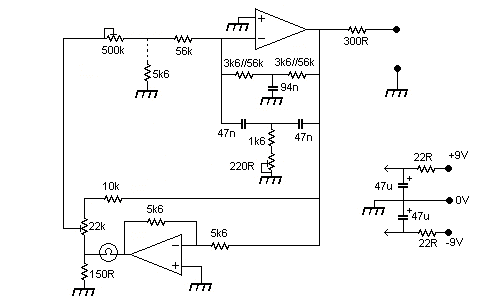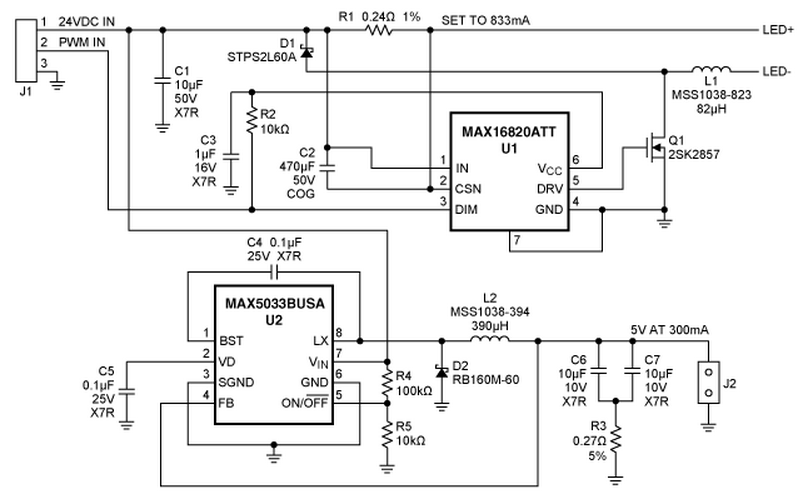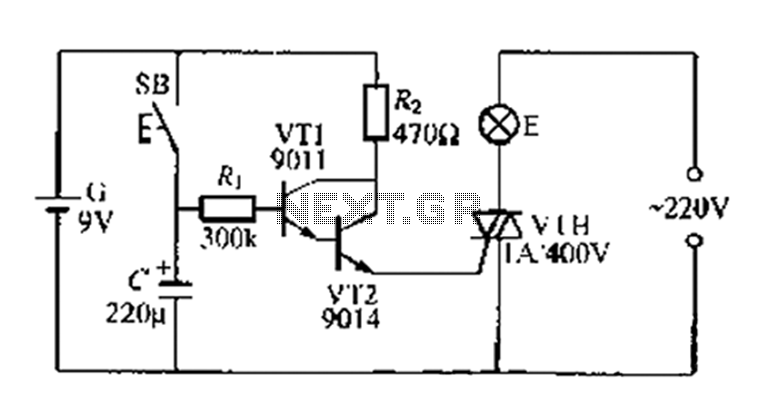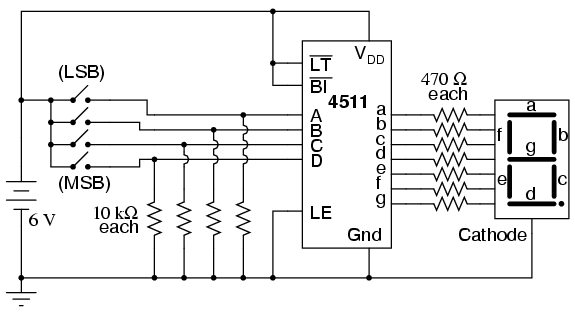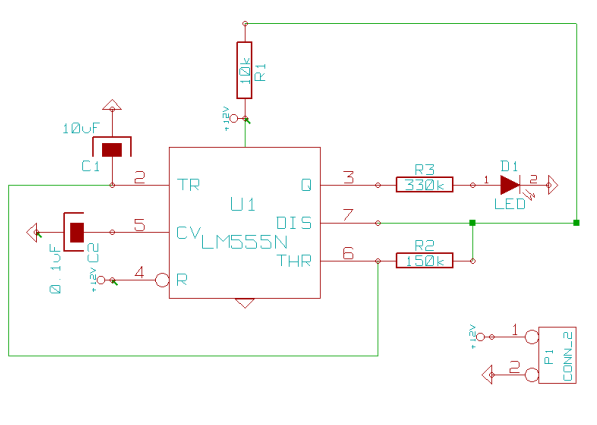
Multicolor HD LED circuit
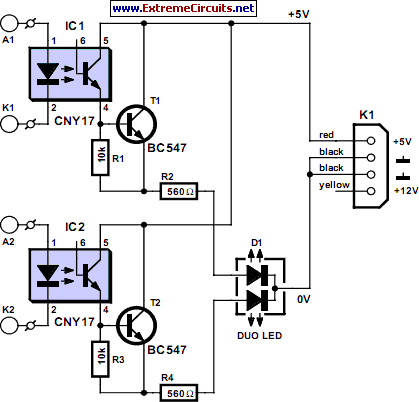
Most PC enclosures provide only a single LED to indicate hard disk access, with the LED being connected to the motherboard via a two-pin connector. However, this LED only works with IDE drives, and if a SCSI disk controller is fitted, its activity will not be visibly noticeable. This small circuit remedies that problem using a multicolour LED. The activity LED for the IDE interface is usually driven by a connected device via one or more open-collector stages.
The described circuit addresses the limitation of standard hard disk activity indicators in personal computer enclosures, which typically utilize a single LED connected through a two-pin interface to the motherboard. This configuration is primarily compatible with IDE (Integrated Drive Electronics) drives, rendering it ineffective for SCSI (Small Computer System Interface) drives, which do not activate the LED when in use.
To overcome this limitation, the proposed circuit employs a multicolour LED, which enhances the visual feedback of hard disk activity by providing distinct color indications for different types of drives. This circuit is designed to interface with both IDE and SCSI drives, allowing for simultaneous monitoring of activity from multiple drive types.
The circuit operates by utilizing open-collector outputs from the connected IDE devices, which can drive the multicolour LED based on the activity signals received. When an IDE drive is accessed, the corresponding open-collector output activates, illuminating the LED in a specific color associated with the drive's activity. In the case of SCSI drives, the circuit includes additional sensing mechanisms to detect activity signals and appropriately light the LED in a different color, thus providing clear visual indicators for both drive types.
This design not only improves the visibility of hard drive activity but also enhances the overall user experience by providing a more informative interface. The use of a multicolour LED allows for a more intuitive understanding of system operations, as different colors can be assigned to different states or types of drive activity, such as read or write operations. Consequently, this circuit serves as a valuable enhancement for PC builders and users who utilize various types of hard drives in their systems.Most PC enclosures provide only a single LED to indicate hard disk access, with the LED being connected to the motherboard via a two-pin connector. However, this LED only works with IDE drives, and if a SCSI disk controller is fitted, its activity will not be visibly noticeable.
This small circuit remedies that problem using a multicolour LED. The activity LED for the IDE interface is usually driven by a connected device via one or more open-collector stages.. 🔗 External reference
The described circuit addresses the limitation of standard hard disk activity indicators in personal computer enclosures, which typically utilize a single LED connected through a two-pin interface to the motherboard. This configuration is primarily compatible with IDE (Integrated Drive Electronics) drives, rendering it ineffective for SCSI (Small Computer System Interface) drives, which do not activate the LED when in use.
To overcome this limitation, the proposed circuit employs a multicolour LED, which enhances the visual feedback of hard disk activity by providing distinct color indications for different types of drives. This circuit is designed to interface with both IDE and SCSI drives, allowing for simultaneous monitoring of activity from multiple drive types.
The circuit operates by utilizing open-collector outputs from the connected IDE devices, which can drive the multicolour LED based on the activity signals received. When an IDE drive is accessed, the corresponding open-collector output activates, illuminating the LED in a specific color associated with the drive's activity. In the case of SCSI drives, the circuit includes additional sensing mechanisms to detect activity signals and appropriately light the LED in a different color, thus providing clear visual indicators for both drive types.
This design not only improves the visibility of hard drive activity but also enhances the overall user experience by providing a more informative interface. The use of a multicolour LED allows for a more intuitive understanding of system operations, as different colors can be assigned to different states or types of drive activity, such as read or write operations. Consequently, this circuit serves as a valuable enhancement for PC builders and users who utilize various types of hard drives in their systems.Most PC enclosures provide only a single LED to indicate hard disk access, with the LED being connected to the motherboard via a two-pin connector. However, this LED only works with IDE drives, and if a SCSI disk controller is fitted, its activity will not be visibly noticeable.
This small circuit remedies that problem using a multicolour LED. The activity LED for the IDE interface is usually driven by a connected device via one or more open-collector stages.. 🔗 External reference
Warning: include(partials/cookie-banner.php): Failed to open stream: Permission denied in /var/www/html/nextgr/view-circuit.php on line 713
Warning: include(): Failed opening 'partials/cookie-banner.php' for inclusion (include_path='.:/usr/share/php') in /var/www/html/nextgr/view-circuit.php on line 713
